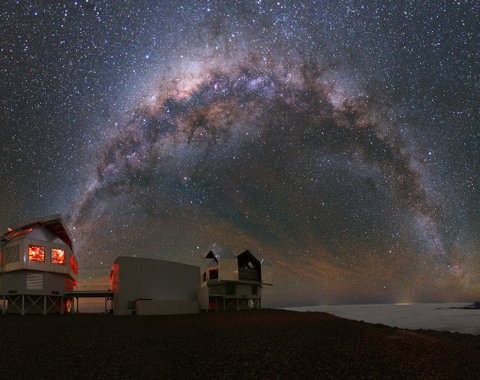2016 Astronomy Lecture Series

Each year the Observatories organizes a series of public lectures on current astronomical topics. These lectures are given by astronomers from the Carnegie Observatories as well as other research institutions. The lectures are geared to the general public and are free.
2016 Season
Monday evenings: April 4th, April 18th, May 2nd and May 16th.
THIS SPRING,THE LECTURE SERIES RETURNS TO THE HUNTINGTON LIBRARY!
1151 Oxford Road, San Marino
All Lectures are in Rothenberg Auditorium.
Doors open at 6:45pm. Each Lecture will be preceded by a brief musical performance by students from The Colburn School. Lectures start at 7:30pm. Light refreshments will be available. The Huntington Cafe will also be open from 5:30-7:15 PM, serving a prix fixe buffet and selected à la carte items.
The 2016 Astronomy Lecture Series is organized by Dr. John Mulchaey, Director of the Observatories. For more information, please contact 626.304.0250 or visit obs.carnegiescience.edu.
Schedule
Dr. Mark Phillips
Director, Las Campanas Observatory, Associate Director for Magellan
Carnegie Institution for Science
For 45 years, the Las Campanas Observatory of the Carnegie Institution for Science has provided a superlative window in the Southern Hemisphere for exploring the wonders of our Universe. Located in the Andes foothills of northern Chile, the Las Campanas telescopes have yielded many breakthrough discoveries: giant voids and immense structures in the distribution of galaxies, the first detection of a proto- planetary disk around a neighboring star, the first naked-eye supernova since the invention of the telescope, and much more. Dr. Phillips will recount the spectacular growth of astronomical research in this unique land, while also looking ahead to the bright future of scientific discovery that awaits Las Campanas.
Watch recordingDr. Anat Shahar
Staff Scientist, Geophysical Laboratory
Carnegie Institution for Science
Our solar system formed 4.5 billion years ago in an extremely chaotic environment and has evolved significantly over that time. What we see today is an organized inner solar system with four very different terrestrial planets. Join Dr. Shahar for an exploration of these planets as we try to understand their diversity. By analyzing rocks we can hold in our hands today and conducting experiments in the laboratory, we can probe which processes and condi- tions the terrestrial planets experienced billions of years ago.
Watch recordingDr. Kevin Schlaufman
Assistant Professor of Physics and Astronomy, Johns Hopkins University
Carnegie-Princeton Fellow
Carnegie Observatories & Princeton University
This is an extraordinary time in human history. While it has been only twenty years since astronomers first discovered planets outside of our solar system, we are already aware of several planets that could have liquid water on their surfaces. In just ten years, we will have the technological ability to search for signs of life, like oxygen and methane, in the atmospheres of a few select exoplanets. Dr. Schlaufman will tell the story of exoplanets to date, and outline the progress we will soon see in the search for life elsewhere in our Galaxy.
Watch recordingDr. Katherine Alatalo
Hubble Fellow,
Carnegie Observatories
The Hubble sequence of galaxies resembles a simple classification chart, yet underneath the neatly aligned shapes and colors lie complex and violent histories. Through radio, infrared, UV and optical astronomy, today we can deduce these histories – and the future. Nearby examples of every stage in the Hubble sequence provide living galactic fossils that reveal their 10 billion years of evolution. Dr. Alatalo will tour the Hubble sequence, exploring three avenues to galactic transi- tions: the quiet, slow fade; the violent merger; and the quietly violent evolution of a galaxy, likely due to a supermassive black hole in its center. By exploring how each piece of the puzzle fits with every other piece, we can understand the evolution of the Universe and fundamental questions of how we got here.
Watch recording